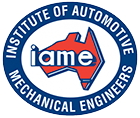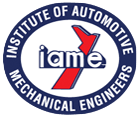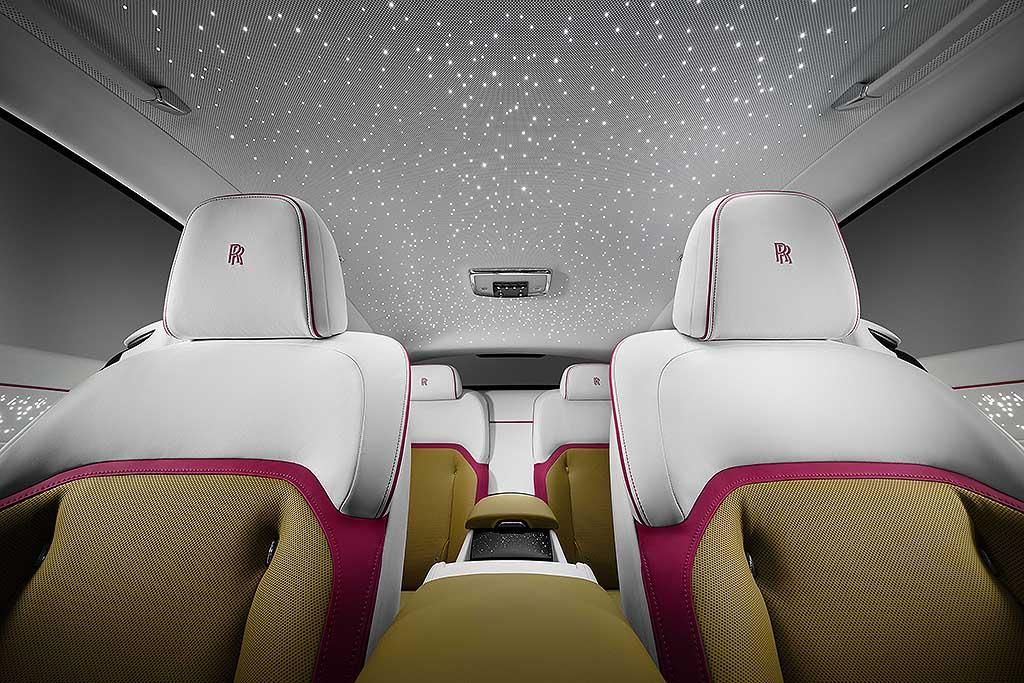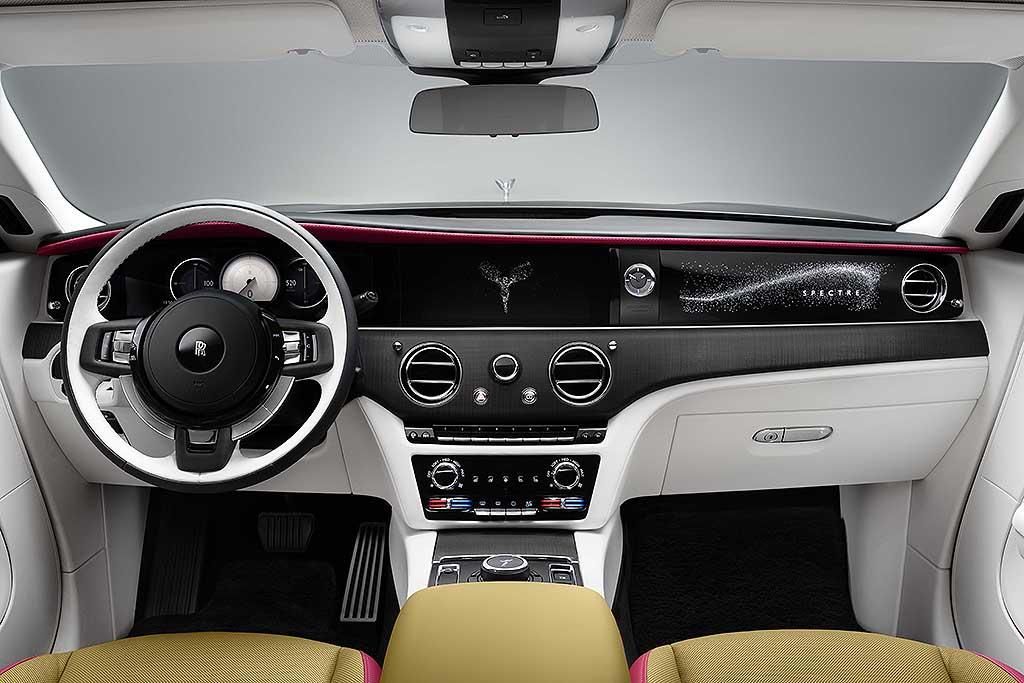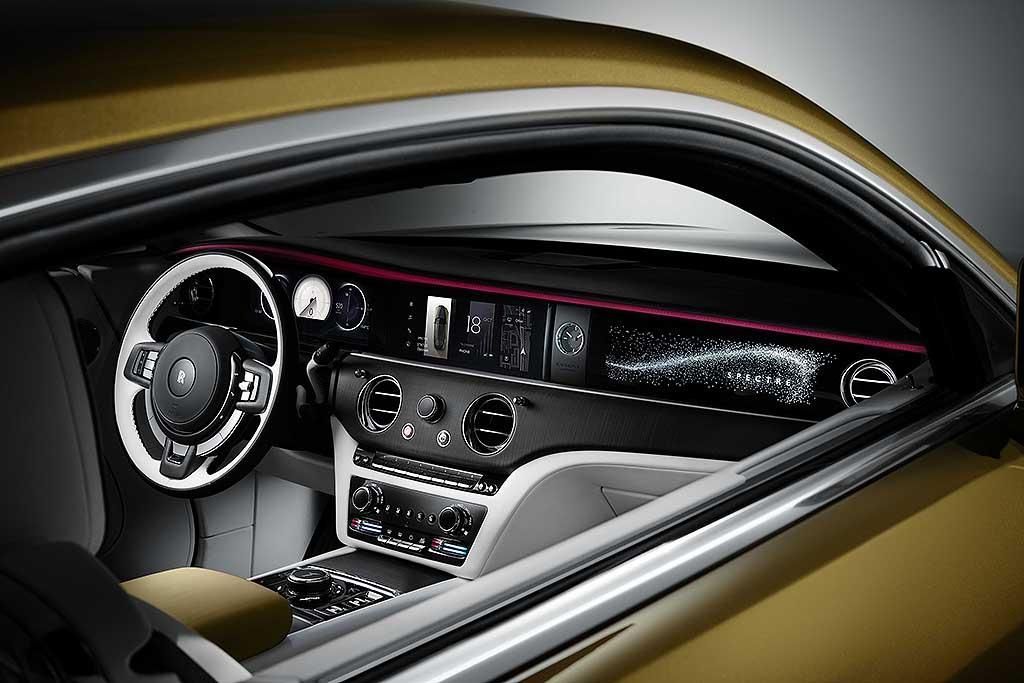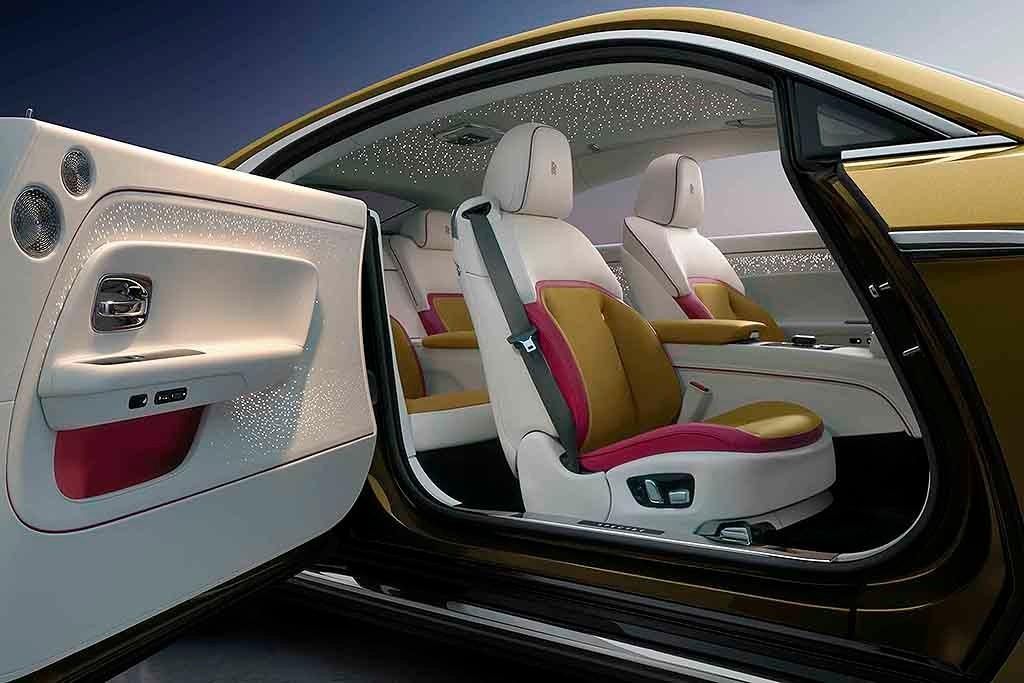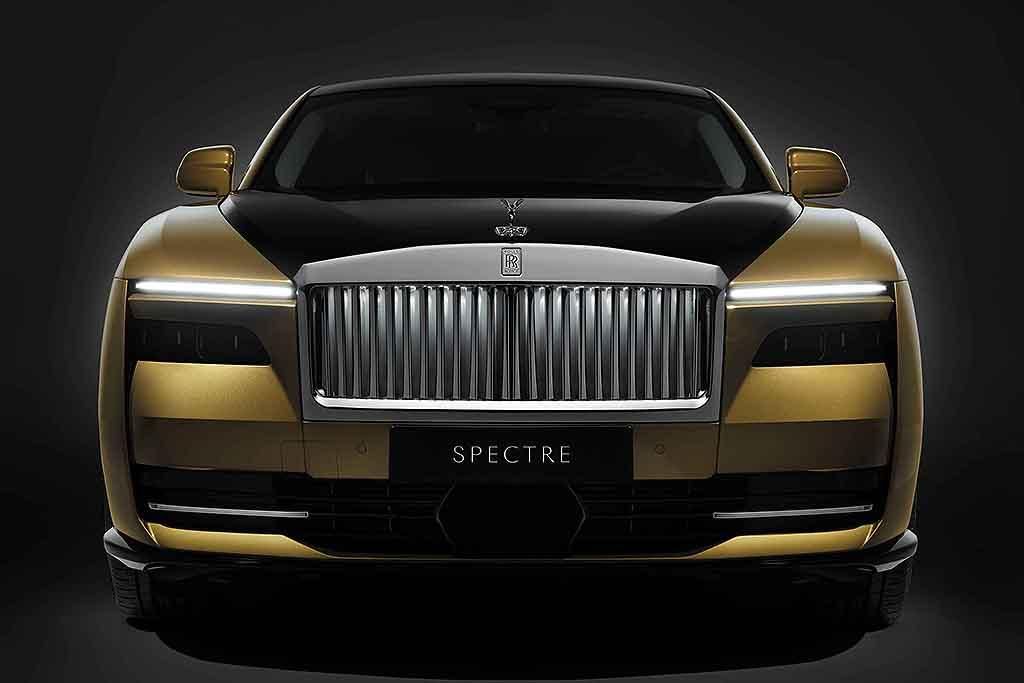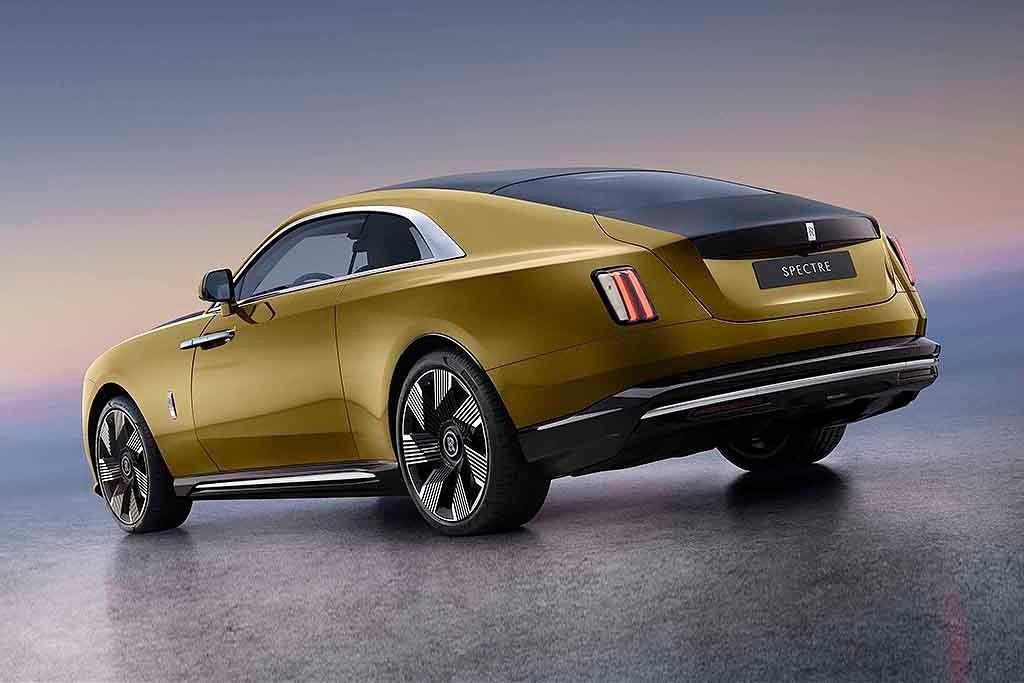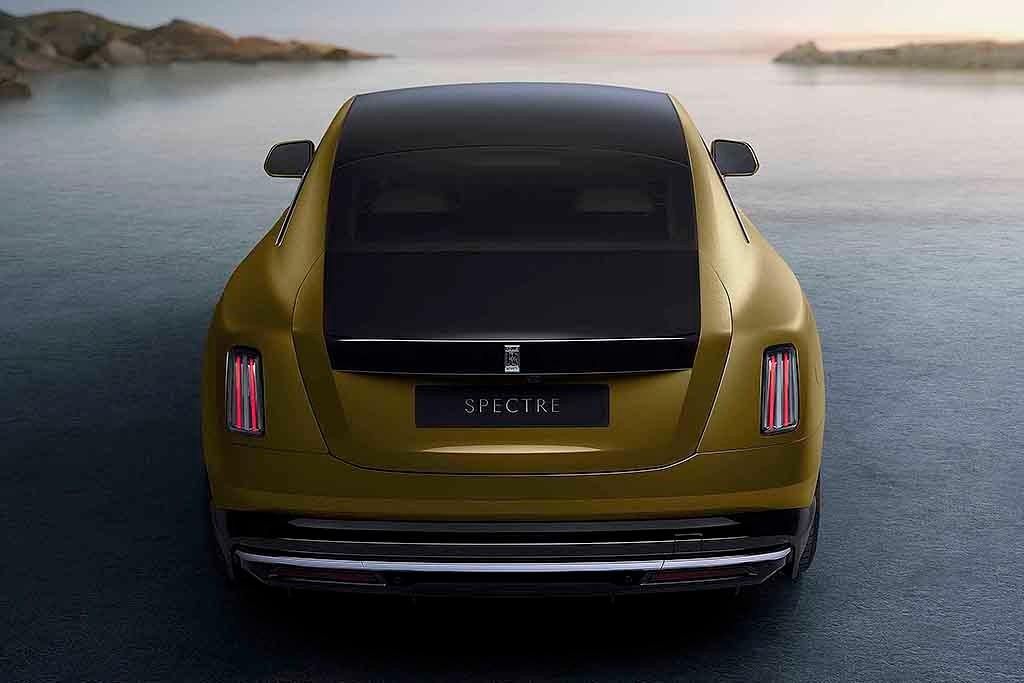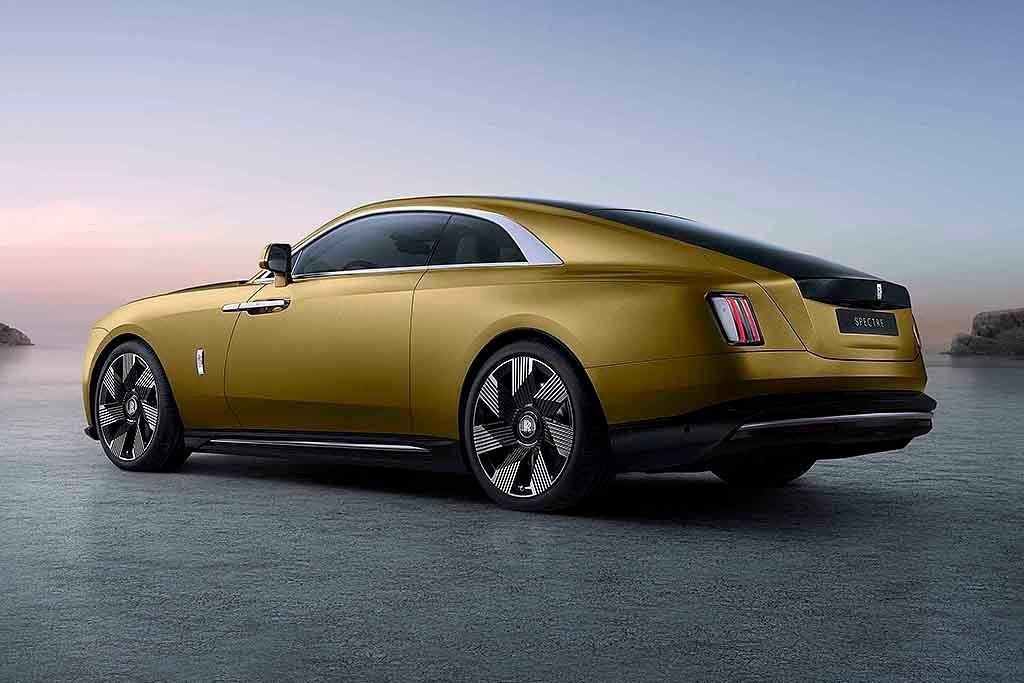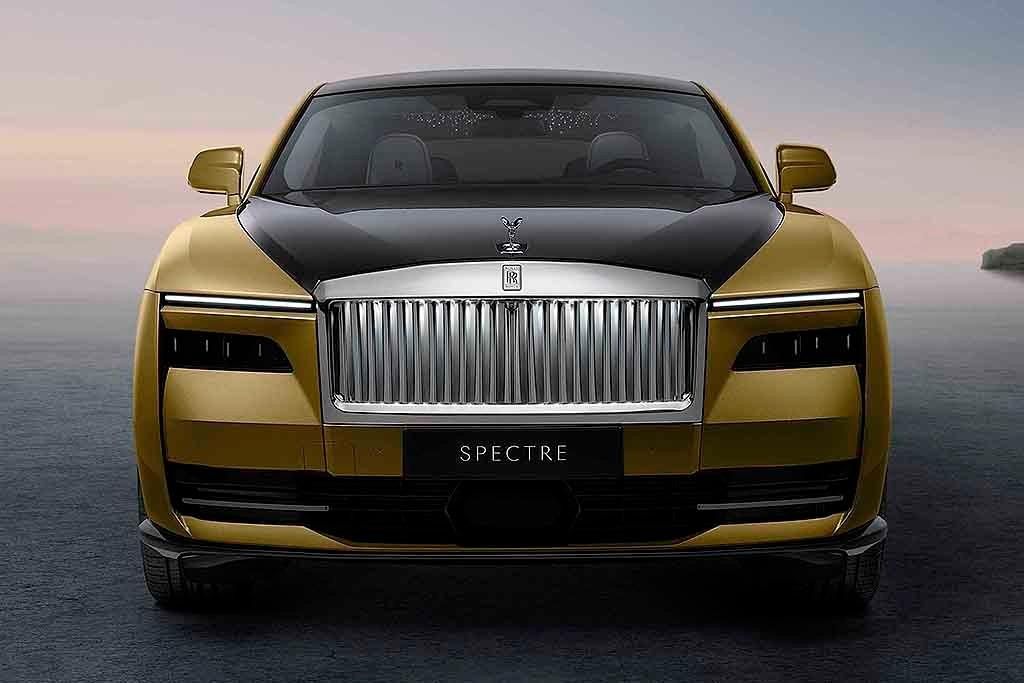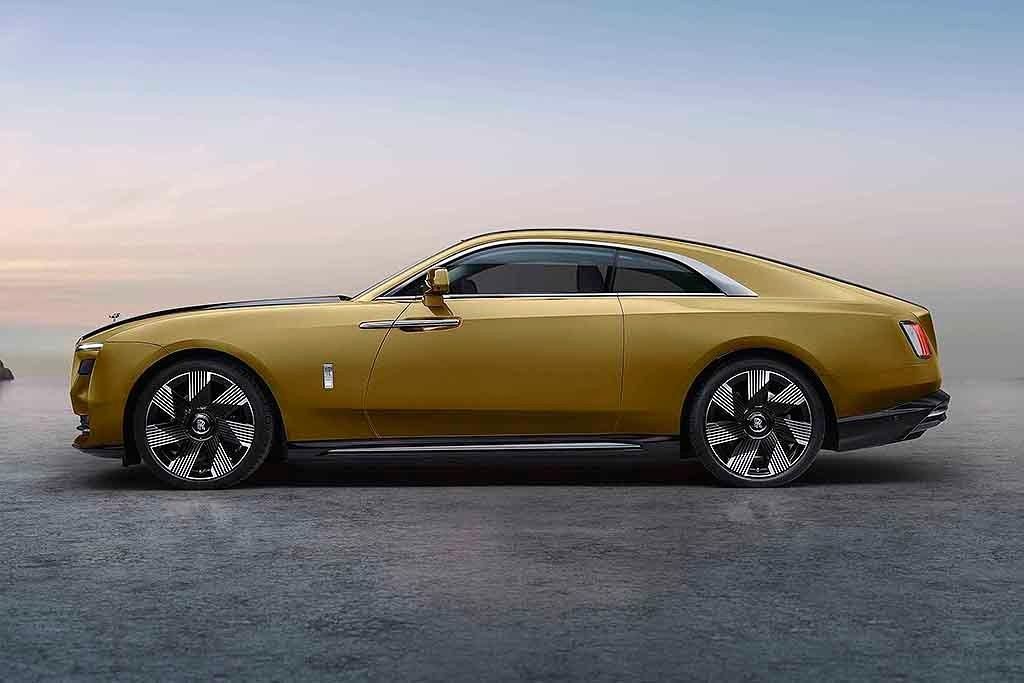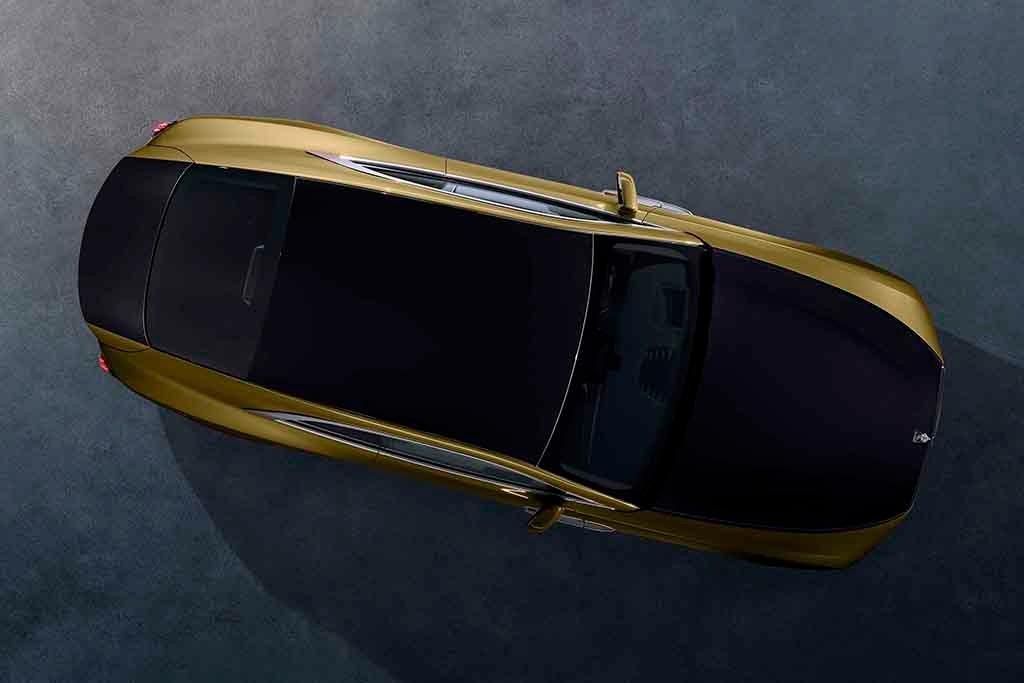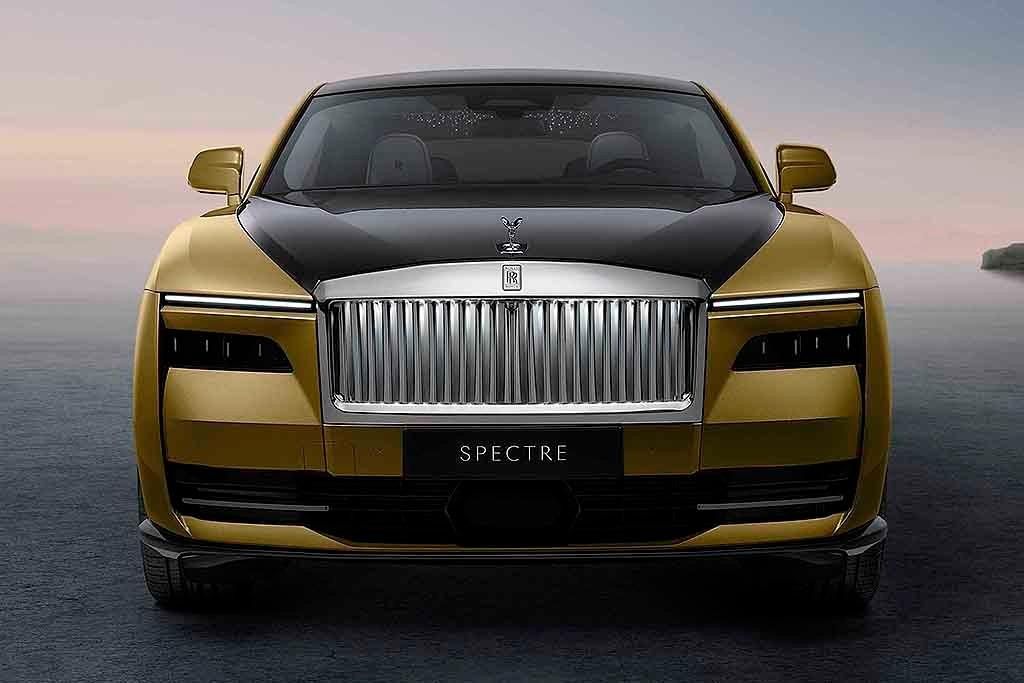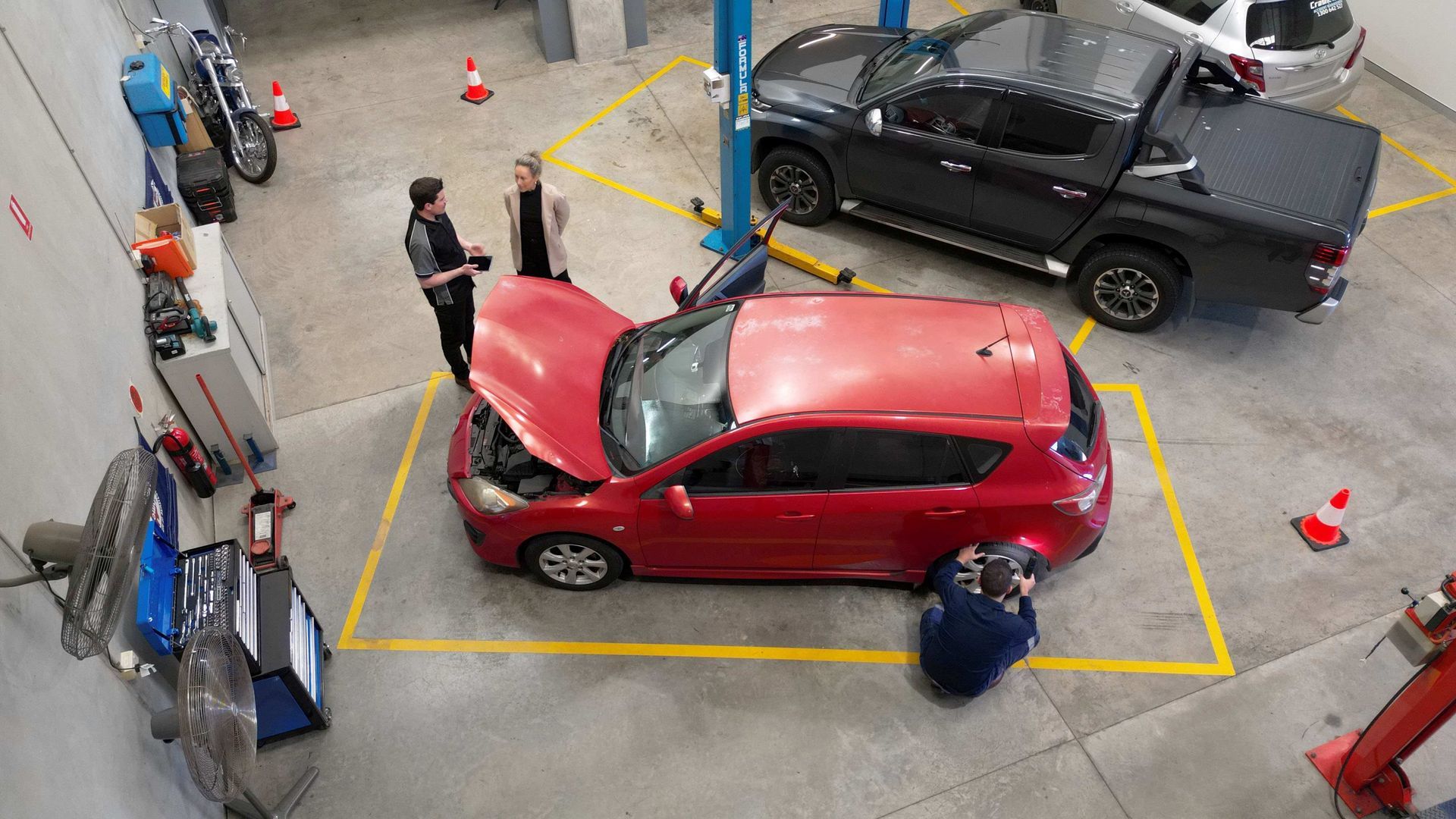Rolls-Royce Unveils Spectre: Pioneering the Future of Ultra-Luxury Electric Vehicle
The world of automotive luxury has taken a momentous leap into the future as Rolls-Royce, the iconic British automaker, introduces Spectre – the world's first ultra-luxury electric super coupé. This remarkable achievement signifies Rolls-Royce's commitment to embracing electric mobility and sustainability, paving the way for a fully electric product portfolio by the end of 2030. In an industry known for its timeless elegance, Rolls-Royce is taking the lead in embracing a greener, more sustainable future.
Spectre: Defining the Future of Ultra-Luxury
Spectre is much more than just another luxury car; it is a symbol of innovation, style, and environmental responsibility. This groundbreaking electric super coupé combines the hallmark craftsmanship and opulence of Rolls-Royce with the eco-conscious technology of electric power. Here's what makes Spectre a game-changer:
- Electric Powertrain: Spectre is powered by a state-of-the-art electric powertrain that delivers breathtaking performance while emitting zero tailpipe emissions. Its electric motors provide an exhilarating driving experience that befits the brand's reputation for uncompromising luxury.
- Zero Compromises on Luxury: Rolls-Royce has made sure that transitioning to electric power does not mean sacrificing luxury or comfort. Spectre maintains the impeccable craftsmanship, exquisite materials, and attention to detail that the marque is renowned for.
- Sustainable Materials: In line with its commitment to sustainability, Rolls-Royce has incorporated ethically sourced and sustainable materials throughout Spectre's interior and exterior, further underlining its dedication to a greener future.
- Advanced Technology: Spectre comes equipped with cutting-edge technology, including an AI-powered infotainment system, advanced driver assistance features, and a suite of connected services, ensuring a seamless blend of tradition and innovation.
The Path to Full Electrification
Rolls-Royce's introduction of Spectre is not a standalone achievement but part of a broader strategy. The automaker is embarking on a journey to become fully electric by the end of 2030. This ambitious goal reflects the growing importance of sustainability in the automotive industry and the brand's determination to remain at the pinnacle of automotive excellence.
Rolls-Royce's electrification roadmap includes the development of new electric platforms, battery technologies, and charging infrastructure. By making such investments, the company demonstrates its dedication to maintaining the quality and performance that Rolls-Royce is celebrated for, even as it embraces electric power.
Rolls-Royce's Vision for a Greener Future
As a prominent player in the ultra-luxury automotive segment, Rolls-Royce's commitment to electric mobility sends a powerful message to the industry and its customers. The shift to electric vehicles is not merely an obligation but an opportunity to lead by example and set new standards for sustainability and excellence in the world of luxury automobiles.
Rolls-Royce aims to reduce its carbon footprint, minimize environmental impact, and promote a sustainable future. The company's vision is not only about the vehicles it produces but also encompasses sustainable manufacturing practices, supply chain improvements, and contributions to global environmental efforts.
The introduction of Spectre, Rolls-Royce's first ultra-luxury electric super coupé, is a remarkable step towards a greener, more sustainable future for the ultra-luxury automotive industry. It is a testament to the brand's dedication to innovation, craftsmanship, and environmental responsibility. As Rolls-Royce takes the lead in embracing electric power, it sets the stage for a fully electric product portfolio by 2030, reinforcing its commitment to a cleaner, more sustainable world.
With Spectre, Rolls-Royce has redefined the standards of luxury, proving that sustainability and opulence can go hand in hand. As the marque continues its journey towards full electrification, it reaffirms its position as a pioneer, not just in automotive excellence but also in shaping a more sustainable and eco-conscious future for the world of luxury automobile



